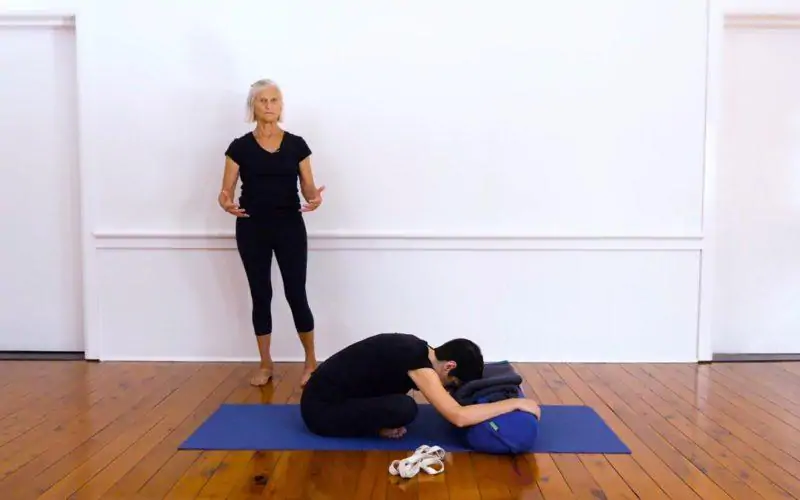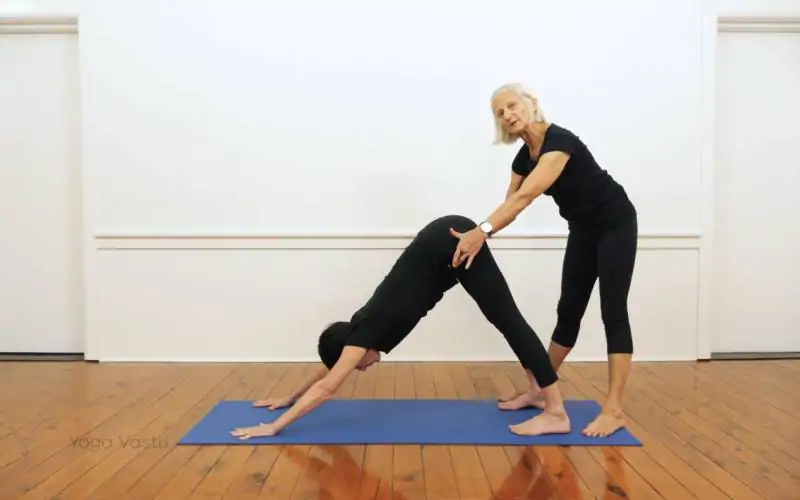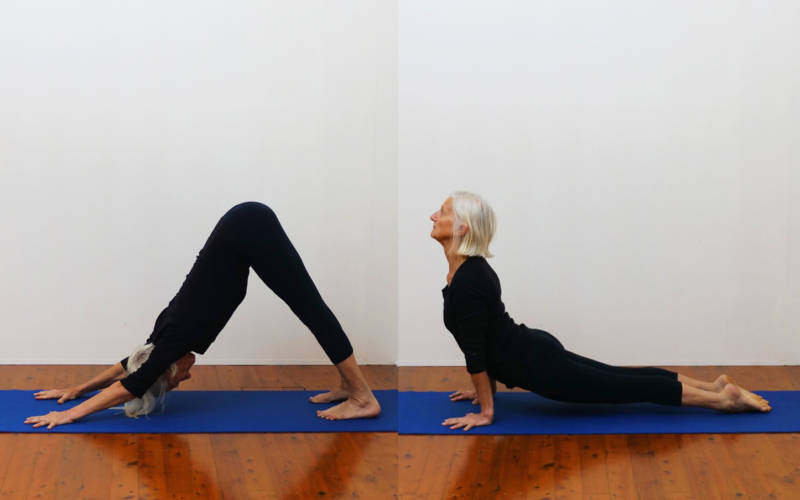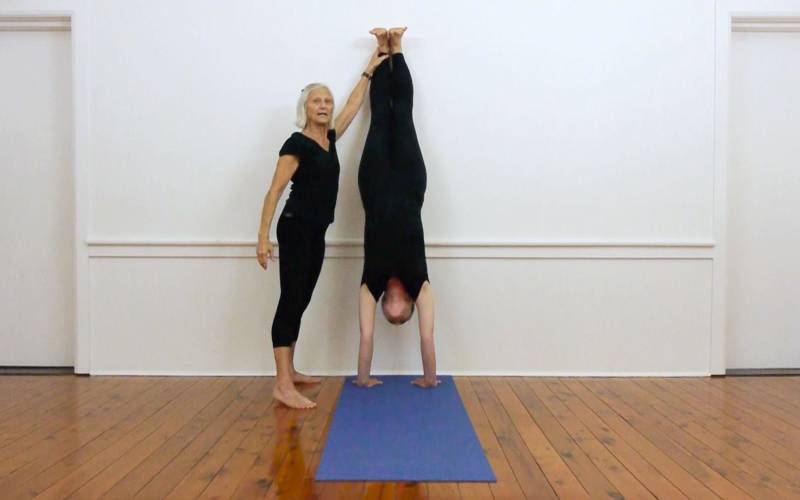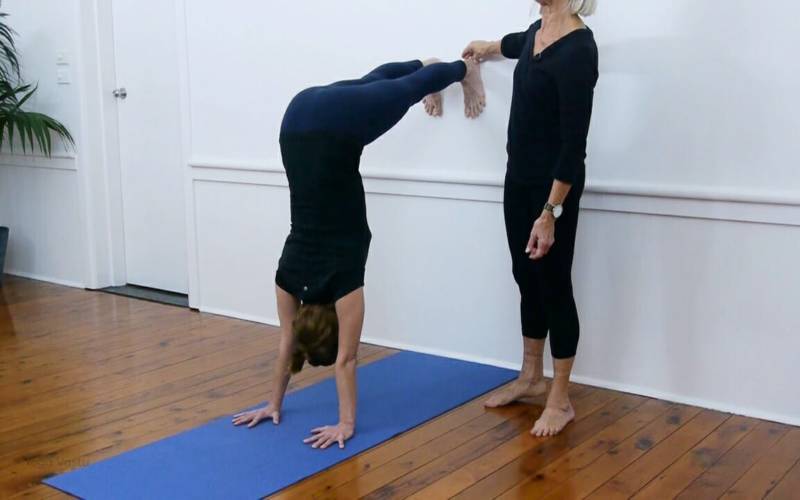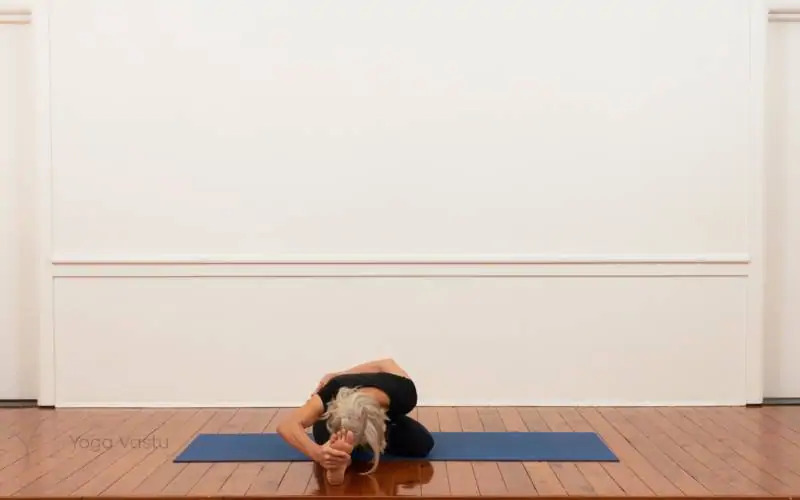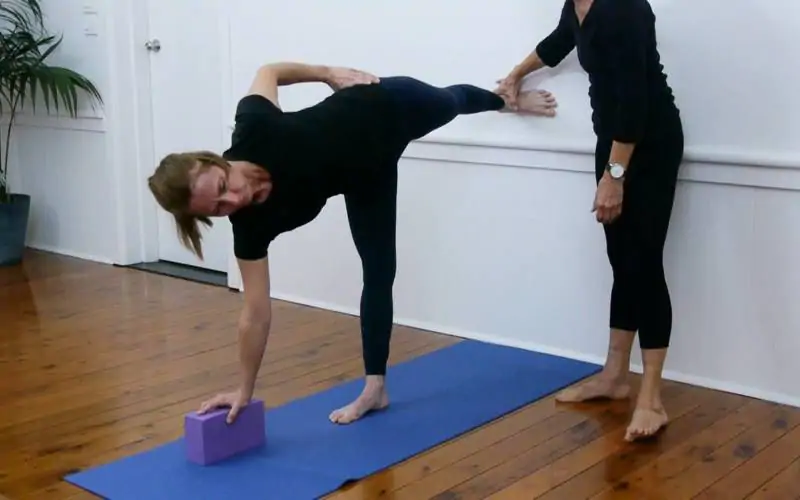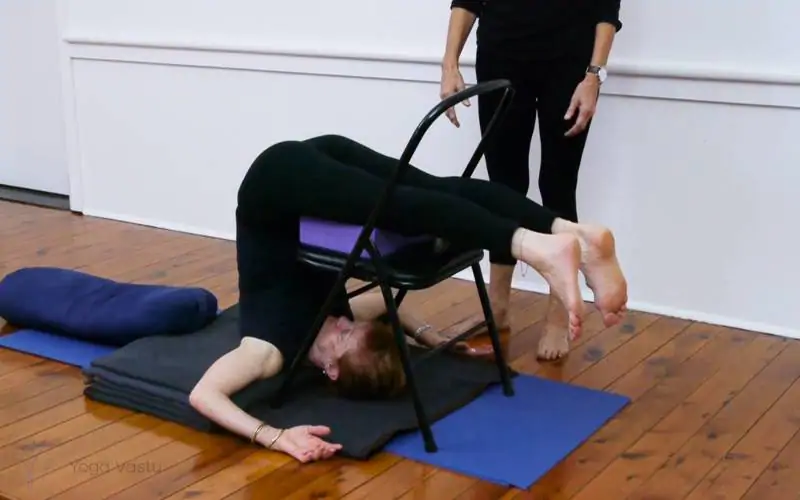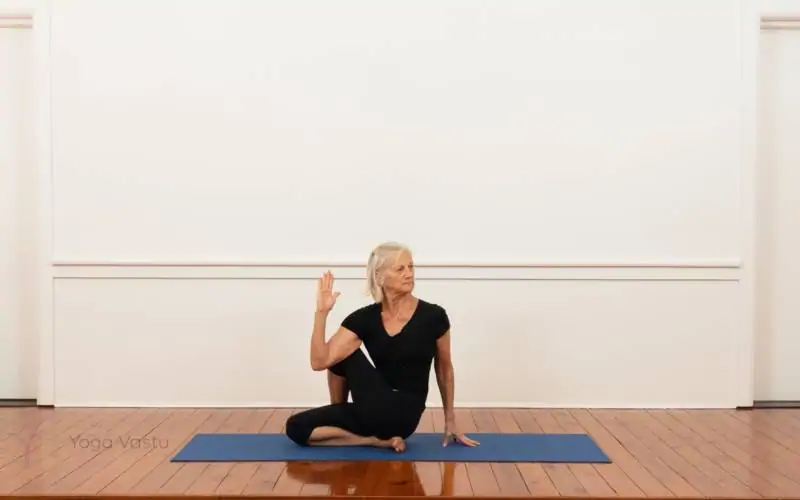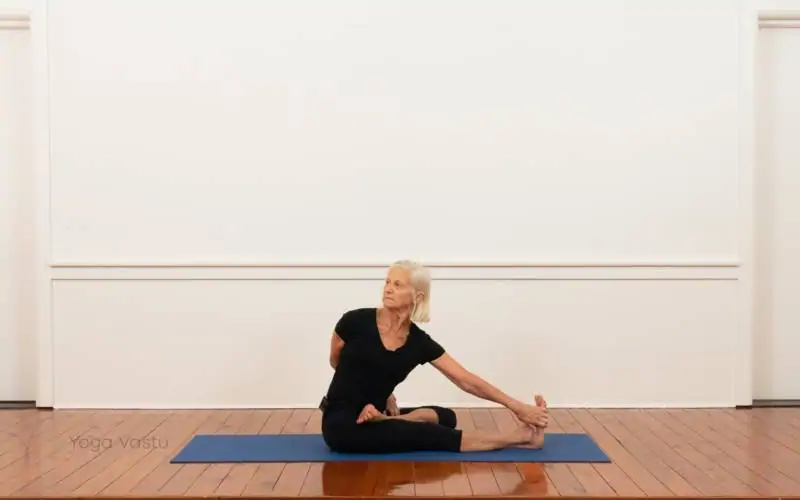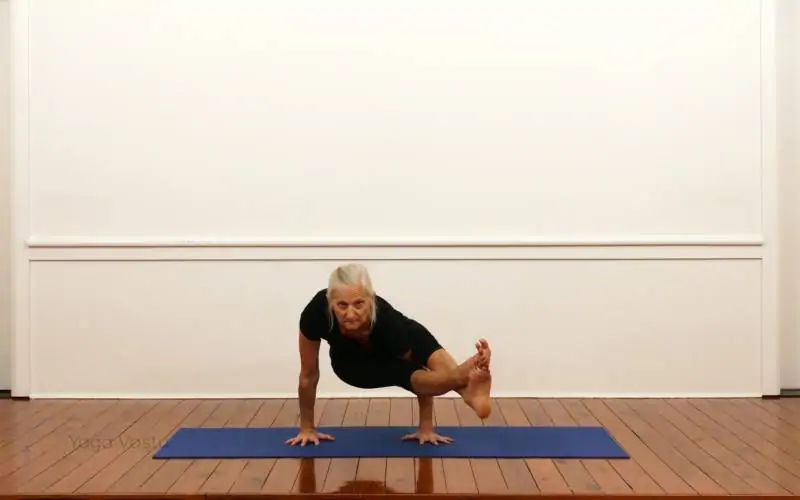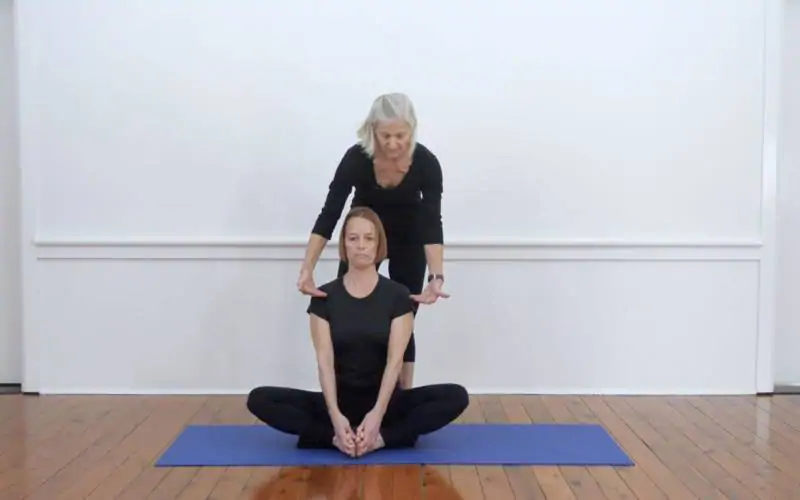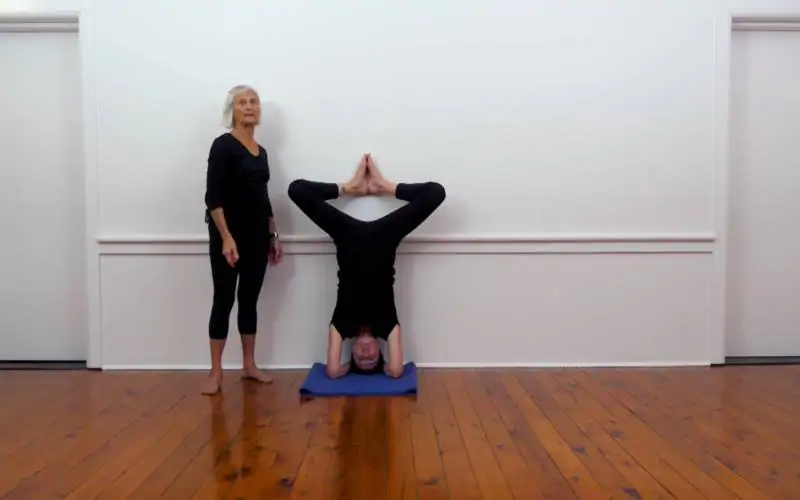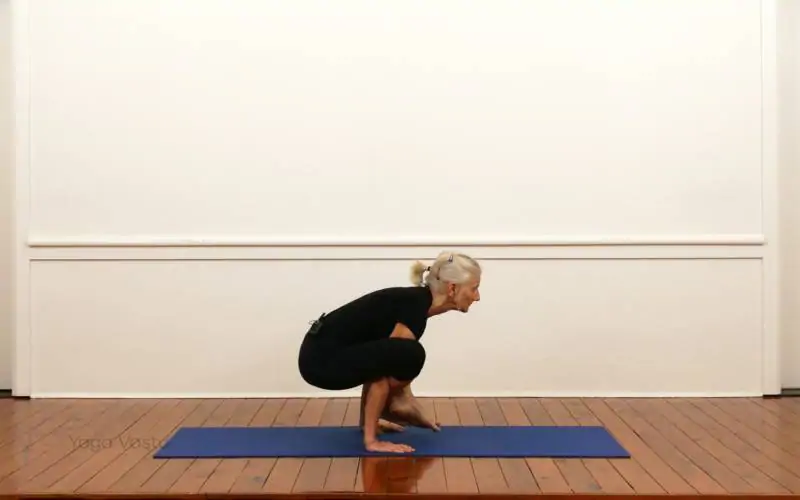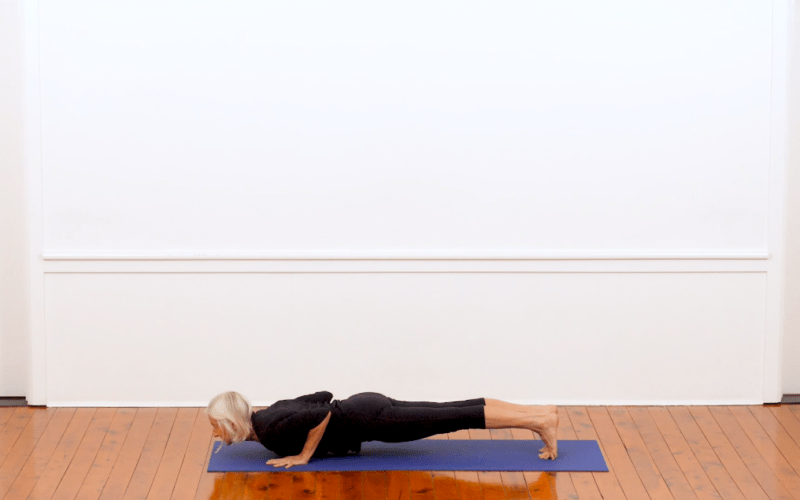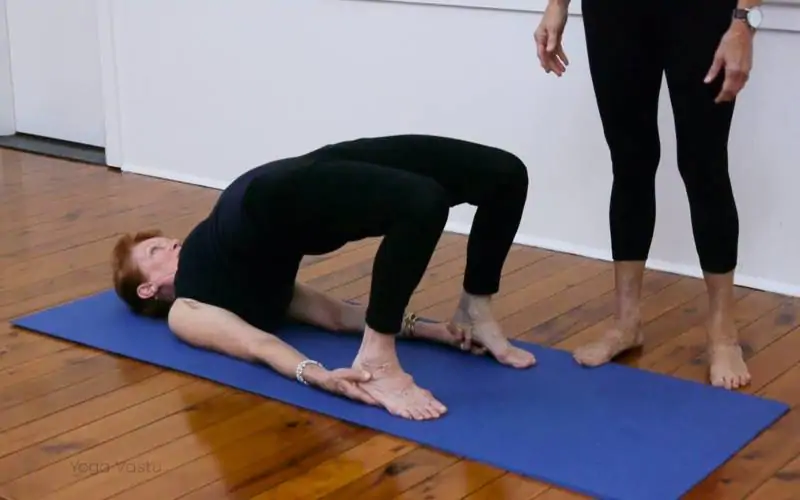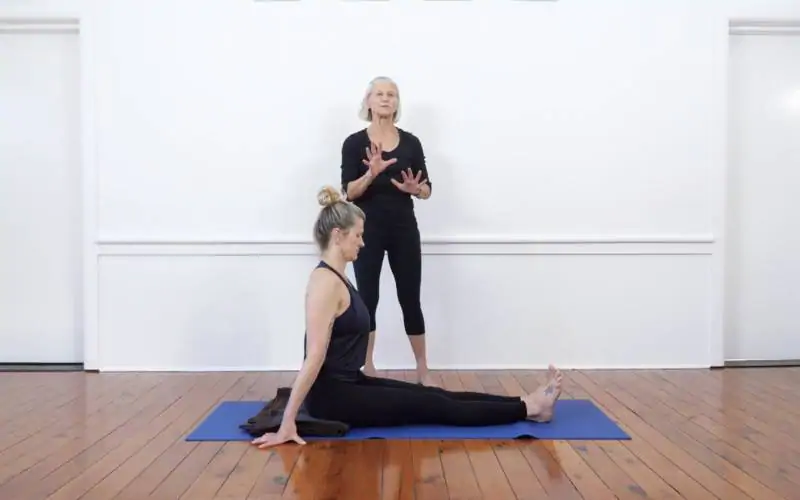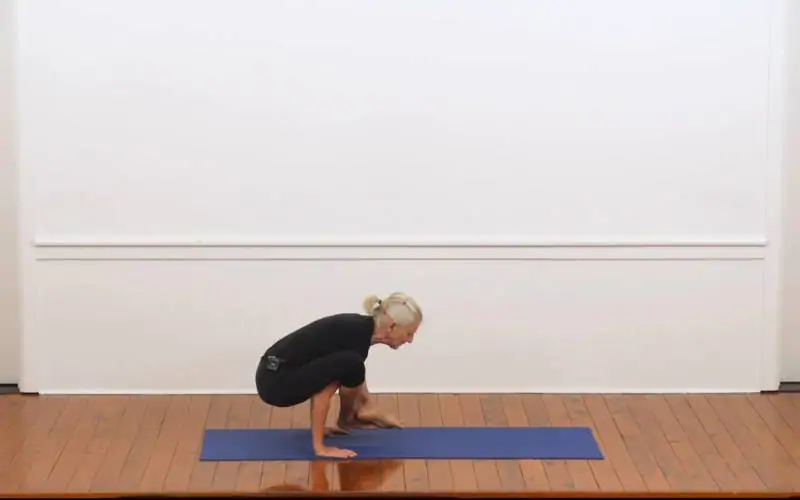Iyengar yoga poses
Our pose gallery allows you to get better acquainted with the asanas covered in our courses. Each pose in the library comes with a photo, a short “how-to” style explainer, and a more detailed description. You can browse through the poses alphabetically or by picking the asana type that you’re interested in.
Yoga is about connecting with the world around you. Think of the connection between body and mind. One of the ways to reconnect to reality is by getting to know it better. This is probably why many yoga poses look like objects and animals. Many yoga poses are named after animals, plants, and objects. For example, Adho Mukha Svanasans (Downward Facing Dog Pose), Pincha Mayurasana (Feathered Peacock Pose), Salabhasana (Locust Pose), Dhanurasana (Bow Pose), Halasana (Plough Pose), Parighasana (Gate Pose), Vrksasana (Tree Pose), and Padmasana (Lotus Pose). There are myriad examples. Imitating animals and objects can change our perspective and outlook on life. It can make us more tolerant and understanding. In this way, yoga can be very spiritual. Daily yoga practice can help strengthen your body, reduce stress and anxiety, and restore your equilibrium.
Yoga poses have different benefits. Iyengar yoga poses can be divided based on focus areas into several asana types: standing poses, seated poses, forward bends, inversions, balancing asanas, and backbends. Standing poses help ground you, energise your body, strengthen and stretch the hamstrings, and improve posture. Seated poses are closely related to forward bends. They stretch the back of your body and typically have calming effects. Inversions can be either calming or invigorating. For instance, Salamba Sarvangasana (Shoulderstand) activates the parasympathetic nervous system which brings calmness to the body and mind. On the other hand, Salamba Sirsasana (Headstand) and Adho Mukha Vrksasana (Handstand) are heating inversions that stimulate blood flow to the brain and increase energy and concentration levels.
How is Iyengar yoga different?
Unlike other practices, Iyengar yoga focusses on alignment in poses. The sequencing of poses is also very important. Sequencing in Iyengar yoga varies according to groups of postures, aim of practice, length of session, experience level of student, and time of day. Yoga poses can be modified to suit the student’s experience level, taking into account their physical needs and limitations. Energising poses come better in the morning or at the beginning of a session, while calming poses are performed in the evenings or at the end of a session. This way, a yoga practitioner can achieve a greater sense of inner balance. A yoga session should be built in a way where we explore our limits with yoga asanas before coming back to neutral.
Some poses types, like inversions, should be practised daily. If you lack experience, you can perform preparatory versions of inversions or supported inversions such as Setu Bandha or Viparita Karani (Legs Up the Wall). Even modified poses can bring noticeable benefits: strengthen your core, improve shoulder mobility, and boost energy levels. Other poses that are practised daily include the iconic Adho Mukha Svanasana (Downward Facing Dog Pose), Utthita Trikonasana (Triangle Pose), Uttanasana (Standing Forward Bend), and Tadasana (Mountain Pose).
Sequences can be static or dynamic. Yoga can be viewed as a moving meditation where you coordinate your breath with your movements. The movements can be slow and barely noticeable or flowing. Either way, breathe steadily through your nose.
Yoga poses also prepare us for pranayama (the practice of breath control) and a deeper meditative state. All yoga sessions usually end in Savasana (Corpse Pose) in which we take time to observe and reflect, to be present right here and now, to be still and passive. This state of want-not can only be truly achieved after we apply some effort and stimulate our body and mind.
